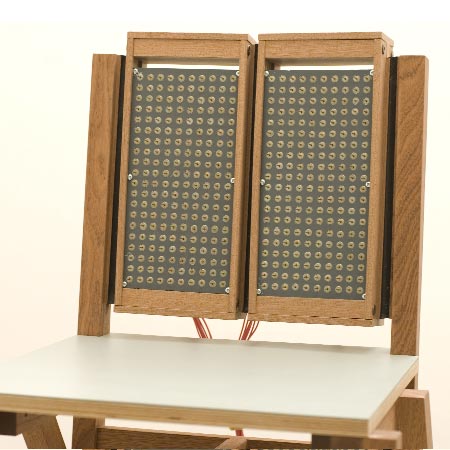
Mind Chair by Beta Tank
Designers Beta Tank have developed a working version of Mind Chair, a chair that transmits moving imagery to the sitter’s brain via a grid of solenoids on the chair back.
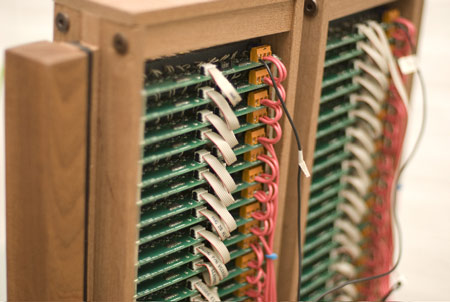
The solenoids take imagery from a video camera to produce impulse patterns on the sitter's back, which the brain interprets back into imagery.
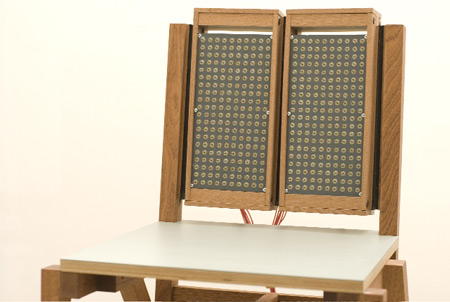
An earlier poypropylene version of the chair, created in collaboration with designer Peter Marigold, was presented at the Design and the Elastic Mind exhibition at MoMA in New York earlier this year. See our earlier story about the first Mind Chair.
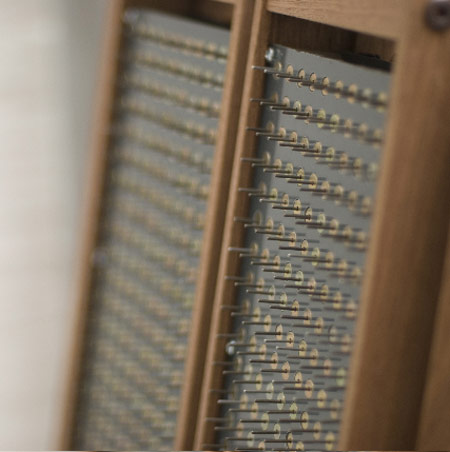
"The MoMA show has now been taken down but the Mind Chair lives on:)," says Eyal from Beta Tank. "While the Polyprop was a model which we built in collaboration with Peter Marigold, we have built a working version. This chair lives at the Moorefields Eye Hospital and we are setting up a lab where people will be invited to try and see with their skin."
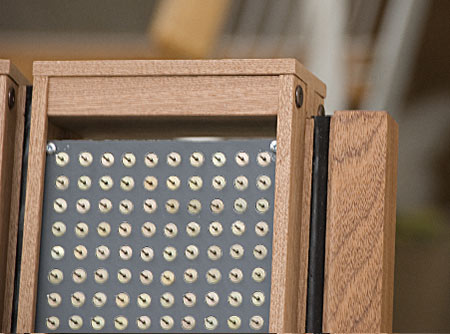
Here's some info from Beta Tank:
--
Mind Chair
A Sensory Substitution Project
You can't see with your skin. Or can you?
In 1969, Prof. Paul Bach-y-Rita attached an array of solenoids to the back of a dentist's chair and produced astonishing results. "You don't see with the eyes. You see with the brain," he observed.*
By building the Mind Chair we are reviving this technology for sensory substitution. A movie camera is attached to an enhanced grid of 400 solenoids installed in the back of the Mind Chair. People are able to sit in the chair, close their eyes and concentrate on the images which are vibrated into their backs by the solenoids.
Science labs have been investigating this technology as a means of helping the blind. We think it shows the brain's ability to process alternative inputs, opening many more possibilities.
Could we see text messages or images internally? What if we can process more than one visual signal at a time? Could we educate our brains differently from childhood?
The working Mind Chair is our research prototype. With it we investigate these questions.
** Science News Online 1 Sept, 2001; vol. 169, no. 9